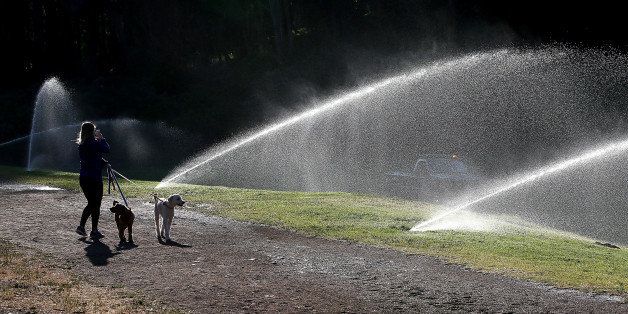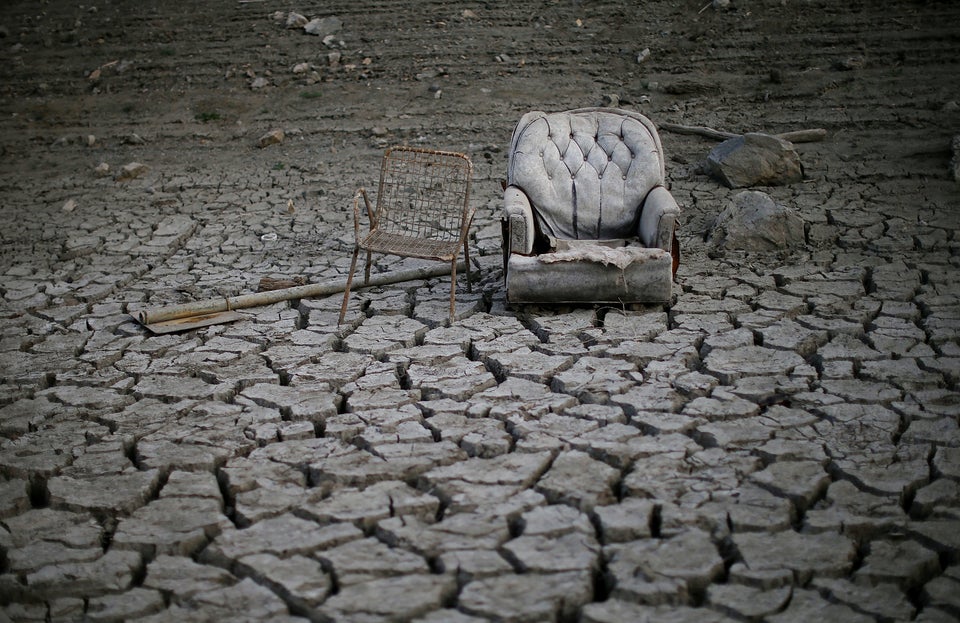
Though California has implemented mandatory water restrictions amid its historic drought, actually enforcing those limits has proven challenging, which is why some cities are turning to installing more precise smart meters.
After entering its fourth year of severe drought, Gov. Jerry Brown (D) took the unprecedented step in April of requiring each city to reduce its water use, but some businesses and wealthy residents have been reluctant to cut back. Utility companies now hope that by piloting smart meters, which more accurately assess how much water is used daily, they'll be able to effectively identify -- and stop -- violators, Wired reported.
Brown’s executive order called on cities to drop their water usage by somewhere between 10 and 35 percent. He followed up by threatening to impose $10,000 fines on those who violate the order.
But a main issue is accountability, since traditional meters only provide an overall tally of how much water a customer used over the course of the month. Electronic smart meters, however, help resolve that problem by tracking how much of the limited resource is used at points throughout the day, Wired noted.
Long Beach, California, said the pilot program it introduced in March, which doled out 200 T2 Innov8 smart meters, has proven to be effective.
There, for example, Long Beach Water Department customers are only allowed to irrigate their lawns for 10 minutes twice a week, the Press-Telegram reported.
The more exact technology enables the water department to now identify which customers are disobeying those specific restrictions.
The smart meters have already had quantifiable success.
After employees reported a Long Beach McDonald’s for excessively running its sprinklers, the water department installed a smart meter so it could more effectively monitor its usage, Wired reported. The city then had the evidence it needed to fine the establishment, and gave McDonald’s the information it needed to make necessary changes.
And the fact that the T2 system runs on batteries and communicates wirelessly over Verizon’s cellular data network was a boon for utility companies, which weren’t interested in building data centers or installing network infrastructure.
But the smart meters aren’t without its naysayers.
Some advocates claim they violate the Federal Communications Commission (FCC) limits on microwave radiation exposure and can interfere with pacemakers and other implants, according to Earth Techling.
The group Stop Smart Meters!, in fact, has devoted its entire mission to educating the public about the dangers involved in unrestrained wireless technology.
But others argue that those concerns are overstated.
According to Earth Techling, the radio frequency emitted by smart meters is “well below” the FCC limits and less than the levels emitted by other common household items, including baby monitors and satellite TVs.
“You would have to be exposed to the radio frequency from a smart meter for 375 years,” Beth Buczynski wrote, “to get a dose equivalent to that of one year of 15-minutes-per-day cell phone use.”



